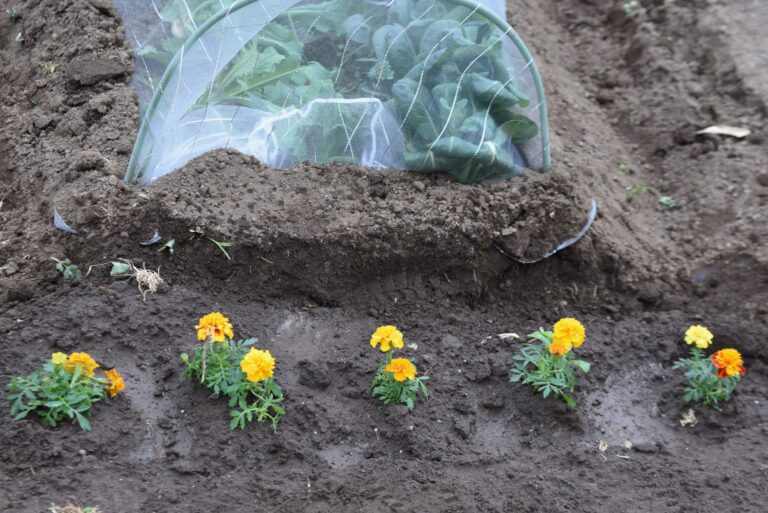There’s something magical about fall gardening—the crisp air, the earthy smell of freshly turned soil, and the anticipation of harvesting veggies just as the leaves start to turn. But here’s the secret: fall gardening isn’t just about planting; it’s about pairing. Think of it like setting up your favorite friends at a dinner party—the right…
companion planting
10 Natural Ways to Control Pests in Your Vegetable Garden
In the quest for sustainability and eco-friendliness, gardeners are turning to natural methods to keep their backyard vegetable gardens thriving while maintaining the ecological balance. With the growing awareness of the harmful effects of synthetic pesticides, natural pest control has become a trending and vital aspect of home gardening. Here are 10 natural ways to…
Companion Planting: A Brief Introduction
Companion planting is the practice of planting certain plants close to each other that benefit one another. It’s an easy way to reduce garden labor, use less fertilizer, and grow healthy plants. Companion Planting: Sources are Important Before I give you some tips for companion planting, I caution that a significant portion of companion…


